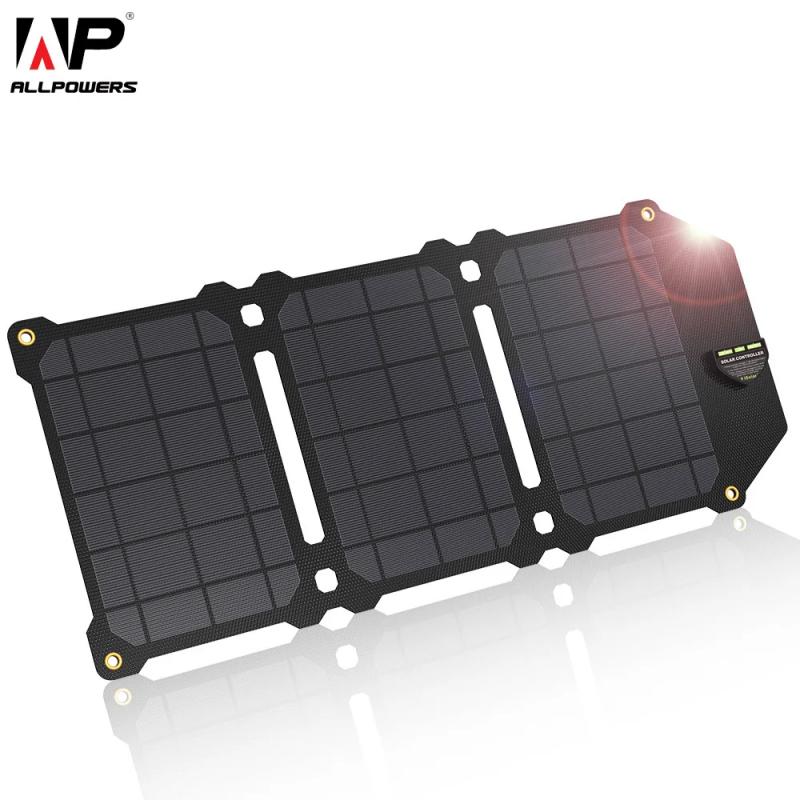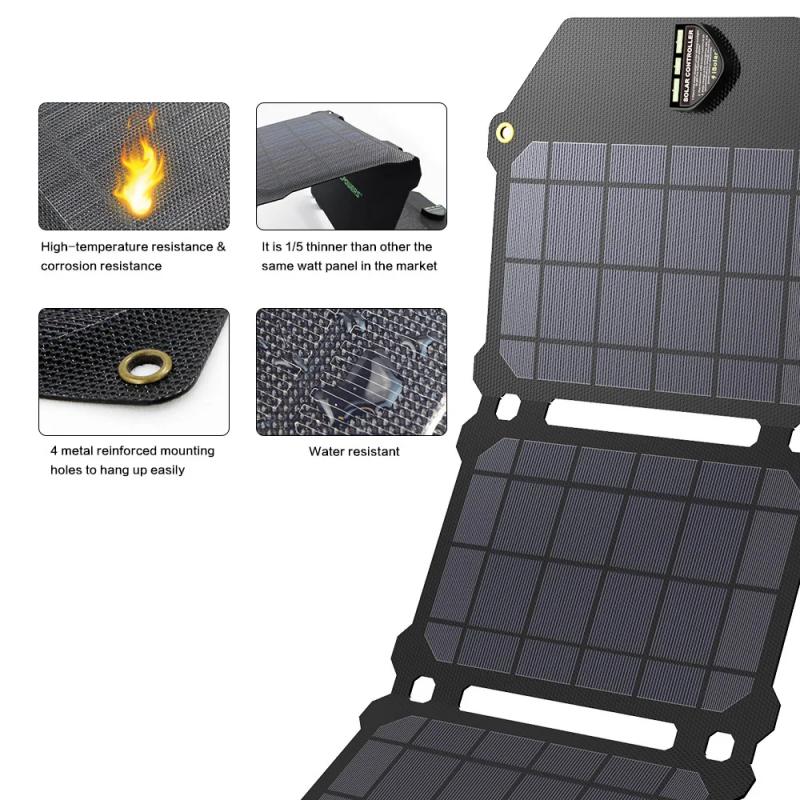Can You Charge A Tesla With Solar Panels?
As the world continues to shift towards renewable energy sources, the idea of charging electric vehicles (EVs) like Tesla with solar panels has gained significant traction. This concept not only promises to reduce the carbon footprint but also offers a sustainable and cost-effective solution for powering our transportation needs. In this article, we will explore the feasibility, benefits, and practical considerations of charging a Tesla with solar panels.
The Feasibility of Charging a Tesla with Solar Panels

Charging a Tesla with solar panels is not only feasible but also increasingly popular among environmentally conscious consumers. The basic principle involves using solar panels to capture sunlight and convert it into electricity, which is then used to charge the vehicle's battery. Here are some key factors that determine the feasibility:
1. Solar Panel Efficiency: Modern solar panels have become highly efficient, with some models converting up to 22% of sunlight into electricity. This efficiency is crucial for generating enough power to charge an EV.
2. Energy Storage: To charge a Tesla, you need a way to store the electricity generated by the solar panels. This is typically done using a home battery system like the Tesla Powerwall, which stores excess solar energy for later use.
3. Charging Infrastructure: A compatible charging setup is essential. Tesla vehicles come with various charging options, including the standard mobile connector, wall connector, and Supercharger network. For home solar charging, a wall connector is usually the most practical option.
4. Geographical Location: The amount of sunlight your location receives plays a significant role. Areas with abundant sunlight will generate more solar power, making it easier to charge your Tesla.
Benefits of Charging a Tesla with Solar Panels

1. Environmental Impact: One of the most significant benefits is the reduction in carbon emissions. By using solar energy, you are tapping into a clean, renewable source of power, thereby minimizing your carbon footprint.
2. Cost Savings: While the initial investment in solar panels and a home battery system can be substantial, the long-term savings are considerable. Solar energy is free once the system is installed, leading to lower electricity bills and reduced fuel costs.
3. Energy Independence: Charging your Tesla with solar panels provides a level of energy independence. You are less reliant on the grid and fossil fuels, which can be particularly beneficial during power outages or in remote areas.
4. Increased Property Value: Homes equipped with solar panels and EV charging infrastructure often see an increase in property value. This is an attractive feature for potential buyers who are looking for sustainable living options.
Practical Considerations

1. Initial Investment: The cost of installing solar panels and a home battery system can be high. However, various government incentives and rebates can help offset these costs. It's essential to calculate the return on investment (ROI) to determine if it's a financially viable option for you.
2. System Size: The size of your solar panel system will depend on your energy needs. A typical Tesla Model S, for example, has a battery capacity of around 100 kWh. To fully charge it, you would need a solar system capable of generating that amount of energy, considering factors like sunlight availability and panel efficiency.
3. Installation and Maintenance: Proper installation is crucial for the system's efficiency and longevity. It's advisable to hire certified professionals for the installation. Regular maintenance, such as cleaning the panels and checking the battery system, is also necessary to ensure optimal performance.
4. Grid Connection: While going off-grid is an option, most users prefer a grid-tied system. This allows you to draw power from the grid when solar energy is insufficient and sell excess power back to the grid, further reducing your electricity costs.
Real-World Examples

Several Tesla owners have successfully integrated solar panels into their home charging setups. For instance, a Tesla Model 3 owner in California installed a 10 kW solar panel system along with two Tesla Powerwalls. This setup not only charges the vehicle but also powers the entire household, demonstrating the practicality and benefits of solar charging.
Another example is a Tesla Model X owner in Arizona who installed a 15 kW solar system. Given the state's abundant sunlight, the system generates more than enough power to charge the vehicle and meet household energy needs. The excess energy is sold back to the grid, providing an additional income stream.
Future Prospects
The future of solar-powered EV charging looks promising. Advances in solar technology, such as higher efficiency panels and more affordable home battery systems, are making it increasingly accessible. Moreover, Tesla's continuous innovation in both EV and solar technology is likely to further simplify and enhance the integration process.
Tesla's Solar Roof, for example, is an innovative product that replaces traditional roofing materials with solar panels. When combined with a Tesla Powerwall, it offers a seamless and aesthetically pleasing solution for home energy needs, including EV charging.
Charging a Tesla with solar panels is not only feasible but also offers numerous benefits, including environmental sustainability, cost savings, and energy independence. While the initial investment can be significant, the long-term advantages make it a worthwhile consideration for many Tesla owners. By carefully evaluating factors such as system size, installation costs, and geographical location, you can determine the best setup for your needs.
As technology continues to advance, the integration of solar energy and electric vehicles will become even more streamlined and efficient. This synergy between renewable energy and sustainable transportation represents a significant step towards a greener future. Whether you are a current Tesla owner or considering purchasing one, exploring the option of solar charging is a forward-thinking choice that aligns with the global shift towards renewable energy.
